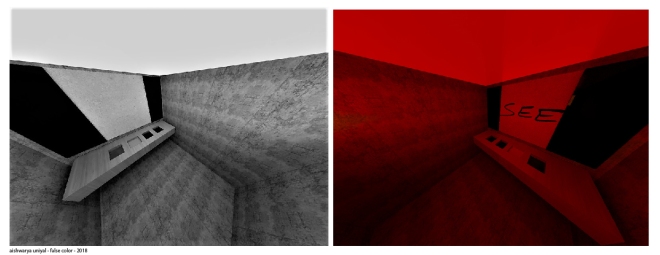With access to FDM 3D printers for a class I was the teaching assistant for, I started with a few quick projects of my own to learn more about this technology. The opportunity couldn’t have come at a better time as I was also taking an engineering course on 3D printing, so there were lots of ideas that I wanted to try.
Nature uses many methods to create which could be classified, in human context, into three types – Additive, subtractive and transformative. All of these are also used in varying degrees by humans, themselves a part of nature, to create new things – we have mostly been using subtractive and transformative methods (like turning a tree log into a chair and making bread and iron) for a very long time in manufacturing; but additive manufacturing is relatively, at least as what it means now, a new process. We have borrowed a lot of ideas from nature in our subtractive processes and have pretty much augmented nature for our transformative processes. Thus, driving the additive methods back to how nature uses them only makes sense.
So, I wanted to 3D print an egg – something absolutely unnecessary, yes. But there is much more to an egg than there is to the generic nuts and bolts or pikachus that get printed as test pieces all the time. Through additive manufacturing, I wanted to study and imitate this structure as it is created in nature, ie. without internal or external supports.
The ovoid is an interesting shape and its properties of strength and stability also make it the subject of many studies and applications. While reading up about eggs (do not ask why), I got to know more about how evolution, local resources and thermodynamics play a key role in determining their shape. The way by which an egg is created within the bird is an interesting process by itself, the tube of the oviduct creates and shapes its shell it as it passes through – an additive process which we might try to replicate in the future as an assembly line which is way more compact and efficient.
Using the thinnest wall thickness possible, I first printed a chicken egg (closest to an ovoid) in PLA which came out just fine, but the slicer put an internal singular support column running through its central axis. I had missed out on enforcing the no support setting so the entire curvature was unsupported except for the top and the bottom. Even with that, it turned out to be super strong and one could throw it at the floor with as much force as possible and the thing would just randomly bounce off in another direction. Interesting.
Next, I printed the same egg but with a meshed or a voronated surface. Voronoi partitioning of a surface finds use in modelling bone architecture, cells, scaffoldings for growing specimens; and it also simply looks cool. This is also probably the closest one can get to generative design like forms without actually using a generative algorithm. These very alien looking eggs took a longer time to print, even with lesser material, because of the discontinuity in deposition and the very gradual and varying slopes which bound each voronoi curve. This too printed without much problems, except for one, which was by my own lack of patience. It printed with a base to which it was attached, I hastily pulled the whole piece without judging its sensitivity and it broke at the bottom. This structure, also printed at minimum wall thickness, was actually very interesting – it flexed and yielded like a sponge but maintained its original geometry. This spongy egg, did manage to give me ideas for another class project I was working on (scaffolding for silicone prostheses).
Now that I was successfully able to 3D print eggs without any (or at least minimal) structural support, both with the solid shell and a voronated one, I can safely say that the this natural shape also accommodates for the slope angles within which a man-made filament extruder works. I am now thinking how this idea would hold if I print these with the stereolithographic process – ie. how does the surface tension of the photopolymer and the vaccuum that it might create for this egg shell affect the results. I feel it might work, but I have to test that.
Some interesting info on eggs:
http://science.sciencemag.org/content/356/6344/1249http://vis.sciencemag.org/eggs/
Click to access egg.pdf
https://web.stanford.edu/group/stanfordbirds/text/essays/Eggs.html
https://news.nationalgeographic.com/2017/06/bird-eggs-shapes-flight-evolution/







